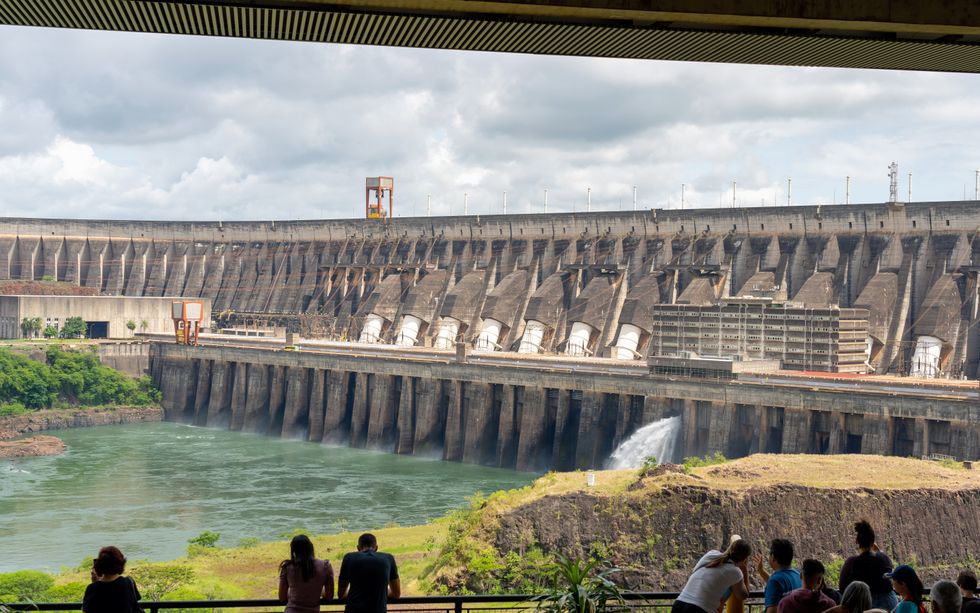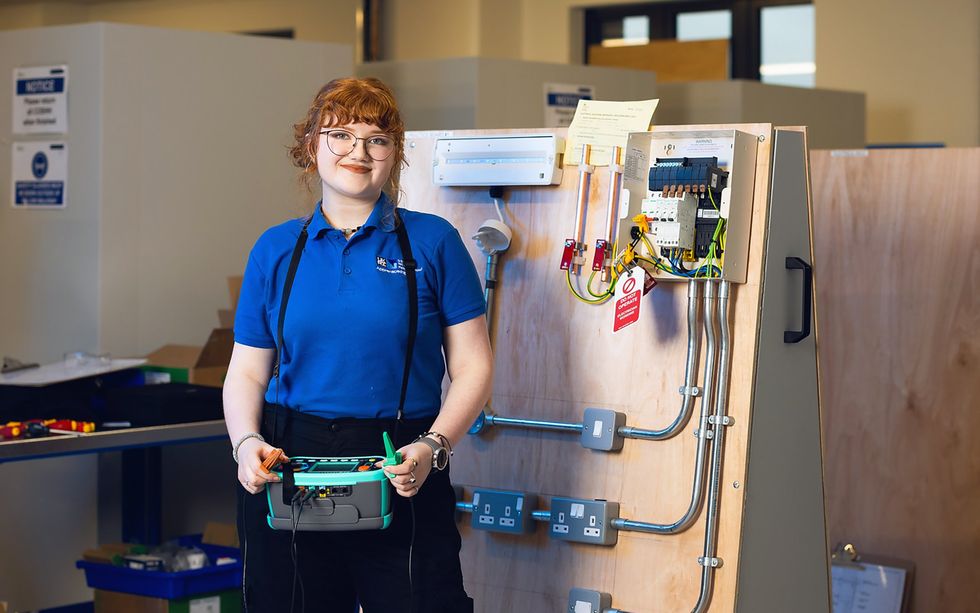Now Reading: IEEE Honors Itaipu Dam for Engineering Excellence
-
01
IEEE Honors Itaipu Dam for Engineering Excellence
IEEE Honors Itaipu Dam for Engineering Excellence

Swift Summary
- Itaipu Dam: A binational hydroelectric project between Brazil adn Paraguay, located on the Paraná River.
- Construction Details:
– Built from 1975 to 1984 at a cost of $19.6 billion.
– Required excavation of 50 million cubic meters of earth and rock, and used enough iron/steel for building 380 Eiffel Towers.
- Milestones:
– first hydropower plant to generate over 100 TWh in a year.
– Achieved planned capacity of 12.6 GW by 1991; later expanded to a total installed capacity of 14 GW in the early-2000s.
- Energy Contribution: Supplies nearly 90% of Paraguay’s electricity needs and around 10% for Brazil. Prevents emission of approximately 100 million tonnes CO₂ yearly through renewable energy production.
- Recognition: On March 4, was awarded an IEEE Milestone as an engineering achievement during a ceremony in Hernandarias, Paraguay. The plaque commemorates Itaipu’s role as one of the most productive hydroelectric systems globally.
Indian Opinion Analysis
India’s expanding energy needs highlight the relevance of projects like Itaipu Dam, showcasing how international collaborations in renewable energy can drive sustainable development and reduce dependency on fossil fuels.For India-currently grappling with both environmental goals and rising power demands-the Itaipu model underscores several lessons:
- Hydropower Potential: With vast but under-utilized river systems such as Brahmaputra or Ganga basins, India could replicate similar large-scale hydropower initiatives tailored for domestic demand without compromising ecological integrity.
- International Cooperation: Partnerships analogous to the Brazil-Paraguay approach might boost regional cooperation within South Asia-a region where energy security remains unevenly distributed.
- Sustainability Frameworks: By leveraging engineering innovation like that seen at Itaipu, India can explore methods to balance economic progress with ambitious climate commitments (
Net zero by 2070).
Projects such as this offer perspectives on transitioning from coal-heavy generation toward clean water-based alternatives while maintaining equitable resource sharing between participants.




























